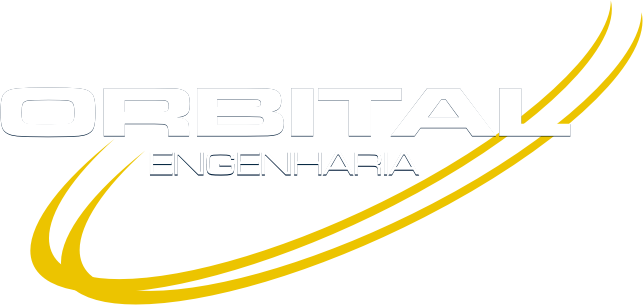Amazonia 1 Solar Generator

In the early hours of February 28, 2021, precisely at 1:54 am, the Brazilian space industry would be put to the test again, with the launch of the Amazonia 1 satellite. In the moments following its separation from the last stage of the Indian PSLV rocket, which What we saw was the anticipation of one of the most important events of the mission: the opening of the solar panels. Such concern would be justified by the fact that a failure in this process would mean the end of the mission, just a few minutes after takeoff. But the image of Amazonia 1, taken by cameras installed on the PSLV rocket, demonstrated the success and capacity of our space program. For the development of solar generators, the 3 main companies contracted by INPE/MCTI stand out: Orbital, Cenic and Fibraforte. The first two already have a history of flying in CBERS missions. The big advance this time is, however, in the nationalization of the opening mechanism, under the responsibility of the company Fibraforte. The mechanisms that support and promote the opening of the Amazonia 1’s solar panels have the following functions: Support the panels in the closed position (panels close to the satellite’s body in order to fit inside the launch rocket hood) in order to support the high loads of acceleration imposed during launch. This function is performed by pins and other components made of titanium alloy with high mechanical resistance; Release the panels from the holding condition, when the satellite is already separated from the launcher.
This release is promoted by pyrotechnic guillotines, installed at the bases of the panel support devices, which cut the titanium pins; Coordinately open the panels until they lock in the fully extended condition. It is a system similar to a pantograph with springs that exert the necessary force to ensure the opening and locking of the panels when they are all extended. The development of the opening mechanisms went through a long and detailed process of design, prototype construction and testing. This process is divided into phases, typically defined by standards for space systems: In the Preliminary Design phase, development models of the critical components of the support device and hinges were built. Appropriate design solutions, materials and processes were identified; In the Detailed Design phase, a model was built containing all the mechanical components of the Solar Generator for functional checks of the opening; During the qualification phase, a complete model was built with the definitive design solution for the mechanisms, integrated into the panel structure, and passed an exhaustive series of functional, vibration and extreme temperature tests in vacuum.
At the end of this phase, the design of the Amazonia 1 Solar Panel mechanisms reached maturity level 8, called TRL.
Technology Readiness Level In the last phase, the mechanisms for the two Solar Generators of the Amazonia 1 satellite were produced, integrated and tested.
To understand the real meaning of this achievement, the table below shows the meaning of each TRL level
| TRL | Meaning |
|---|---|
9 | Real flight-proven system |
8 | Actual system accepted and completed for flight |
7 | Model demonstrating performance |
6 | Model demonstrating critical functions |
5 | Checking critical functions |
4 | Functional check |
3 | Analytical proof of concepts |
2 | Concept formulated |
1 | Basic principles |
With the recent launch of Amazonia 1 and the successful operation of opening the solar panels, the opening mechanisms developed by Fibraforte successfully completed their role in the mission. Thus, it now has maturity level 9 (TRL 9), which is the maximum level of technological readiness on the scale used by NASA and ESA (American and European space agencies).
Source: INPE – http://www.inpe.br/noticias/noticia.php?%20Cod_Noticia=5727

